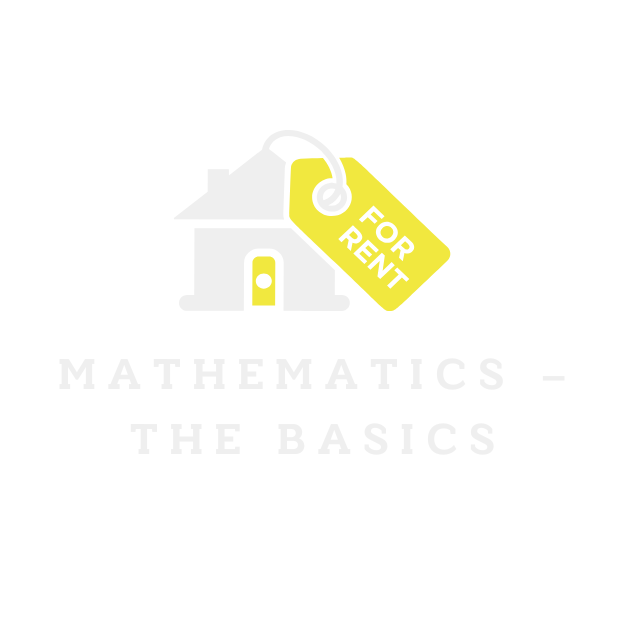Investing in rental properties can feel like trying to solve a Rubik’s Cube blindfolded. It’s tricky but oh-so-rewarding when you finally crack it. The first step? Saving for that down payment. Without it, you might as well be trying to catch a greased pig at a county fair—frustrating and slippery.
Picture this: a cozy rental property generating passive income while you sip coffee in your pajamas. Sounds dreamy, right? But before you can kick back, you need to stash away some serious cash. With a few smart strategies and a sprinkle of discipline, you can turn that dream into reality. So let’s dive into the fun world of saving for a down payment, where every dollar counts and every penny saved brings you closer to your own slice of rental heaven.
Table of Contents
ToggleUnderstanding Down Payments
Down payments play a vital role in purchasing rental properties. A down payment refers to an upfront amount paid towards the total price of the property. This financial commitment often ranges from 3% to 20% of the property’s purchase price, depending on the loan type and lender requirements.
What Is a Down Payment?
A down payment represents the initial cash contribution made when buying a property. This sum subtracts from the overall loan amount, thus reducing monthly mortgage payments. Many investors prefer higher down payments, as they offer better loan terms and lower interest rates. A substantial down payment showcases financial stability, which can sway lenders in the investor’s favor.
Importance of a Down Payment for Rental Properties
A down payment influences the overall investment strategy in rental properties significantly. A larger down payment decreases the mortgage balance, which lowers the monthly financial obligation. This reduction enhances cash flow by allowing more income to remain from rental payments. Furthermore, substantial down payments mitigate risks associated with market fluctuations, providing a safety net during economic downturns. Understanding the significance of down payments equips investors with better strategies for successful property acquisition.
Strategies for Saving

Saving for a down payment on a rental property requires careful planning and dedication. Implementing effective strategies facilitates reaching financial goals.
Creating a Budget
Creating a budget not only provides visibility into income and expenses but also helps prioritize savings. List monthly income sources, such as salaries or side jobs. Document all expenses, including fixed costs like rent and variable costs like entertainment. Identifying areas to cut back can free up funds for savings. For example, reducing dining out expenses by 50 dollars each month could contribute toward the down payment over time. Allocate a specific amount each month to a savings account dedicated to the down payment. Tracking progress every month keeps motivation high and reinforces financial discipline.
Setting Savings Goals
Setting savings goals establishes clear targets and timelines for reaching the down payment amount. Start by determining the total down payment needed based on the property’s price. For a rental property costing 200,000 dollars, a 20% down payment equals 40,000 dollars. Establish a timeline, such as saving that amount in three years. Break it down into smaller, manageable monthly targets. For instance, saving approximately 1,100 dollars each month achieves the goal. Consider using automated transfers to simplify the process. Automating savings removes the temptation to spend and ensures consistent contributions toward achieving the ultimate investment goal.
Best Savings Accounts
Choosing the right savings account plays a significant role in saving for a down payment on a rental property. Two types of accounts particularly stand out for investors.
High-Yield Savings Accounts
High-yield savings accounts often offer better interest rates than regular savings accounts. These accounts provide an ideal option for short-term saving goals, making it easier to grow funds while ensuring liquidity. Many banks and credit unions offer online high-yield accounts, which typically feature no monthly fees. Interest rates may range from 0.50% to 1.00%, allowing investors to accumulate savings more effectively. This growth can add up over time, pushing investors closer to their down payment target.
Money Market Accounts
Money market accounts combine features of traditional savings accounts and checking accounts. Investors appreciate their competitive interest rates, which can often exceed those of high-yield savings accounts. These accounts usually allow limited check writing and debit card access, adding flexibility for property-related expenses. Minimum deposits often range from $1,000 to $10,000, but this initial investment can yield greater returns. Interest rates for money market accounts can range from 0.30% to 0.80%, making them a solid choice for individuals focused on a rental property investment.
Additional Income Streams
Multiple streams of income can enhance savings for a rental property down payment. Exploring both side hustles and passive income opportunities adds flexibility and reduces financial stress.
Side Hustles for Extra Cash
Freelance work presents an immediate way to boost income. Individuals can leverage skills in graphic design, writing, or programming on platforms like Upwork or Fiverr. Rideshare or delivery services offer another option, allowing people to work on their schedules while earning extra cash. Tutoring or teaching classes in areas of expertise capitalizes on knowledge while generating additional funds. Each responsibility needs careful time management, but the additional earnings contribute significantly to down payment savings.
Passive Income Opportunities
Investing in dividend stocks provides a way to earn regularly while building wealth. Real estate crowdfunding options democratize access to property investments without direct management. Individuals can earn rental income through short-term rentals in their own properties or spaces they control. Peer-to-peer lending allows for earning interest on loans made to individuals or small businesses. These passive income avenues help accumulate additional funds without extensive active work, facilitating faster attainment of down payment goals.
Saving for a down payment on a rental property is a pivotal step toward financial independence. By implementing effective strategies and maintaining discipline, anyone can achieve their savings goals. The journey may require sacrifices and careful planning but the rewards of passive income and property ownership make it worthwhile.
With the right approach to budgeting and exploring additional income streams, investors can build a solid foundation for their future. Choosing the right savings account can also enhance growth potential. Each small effort contributes to the larger goal of securing that ideal rental property. Ultimately, persistence and smart financial choices pave the way to successful real estate investment.


